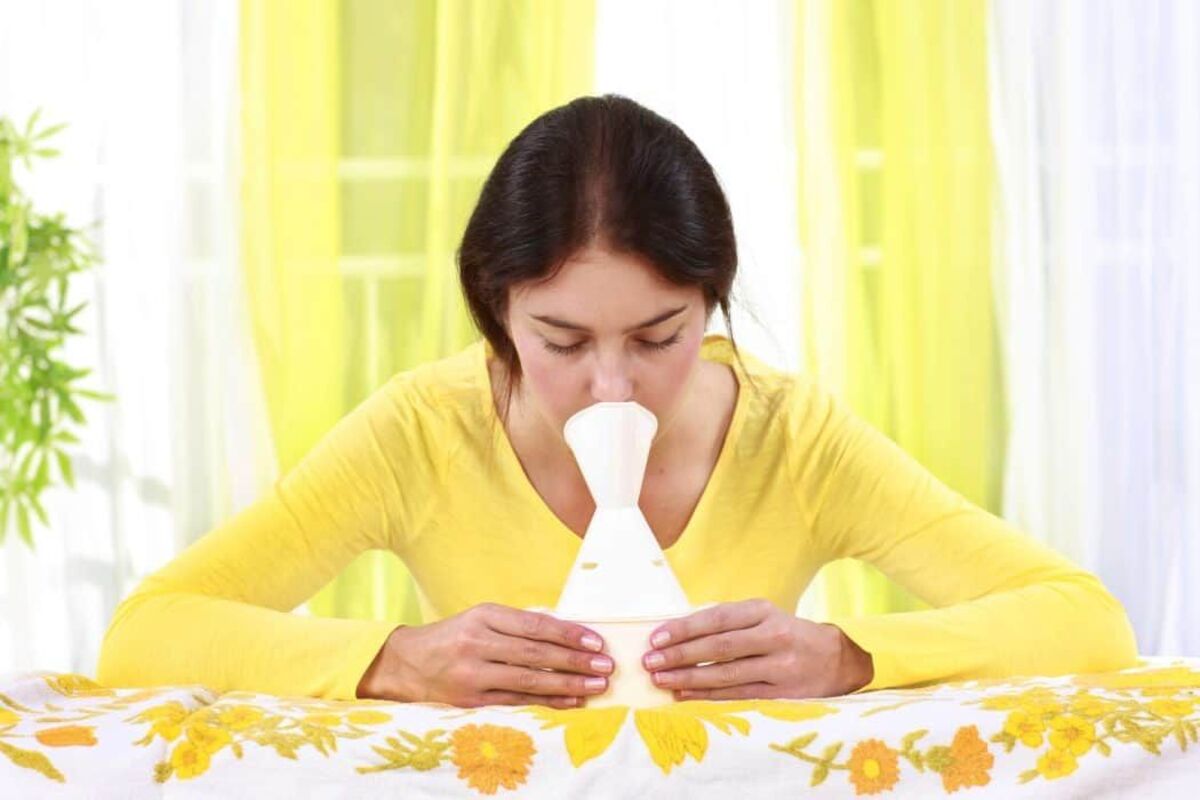

Articles
How To Use A Vocal Steamer
Modified: January 20, 2024
Learn how to effectively use a vocal steamer with our informative articles. Discover expert tips and techniques to improve your vocal health and performance.
(Many of the links in this article redirect to a specific reviewed product. Your purchase of these products through affiliate links helps to generate commission for Storables.com, at no extra cost. Learn more)
Introduction
Welcome to the world of vocal steaming, where your voice gets the ultimate pampering it deserves. Whether you are a professional singer or just someone who enjoys singing as a hobby, vocal steaming can be a game-changer in taking care of your vocal chords and enhancing your performance.
Vocal steaming is a technique that has been used by singers for decades to maintain the health and longevity of their voice. It involves using a specially designed vocal steamer to direct a gentle stream of warm, moist air towards the vocal cords. This helps to hydrate and soothe the vocal folds, relieve throat tension, and promote vocal relaxation.
In this article, we will take you through the step-by-step process of using a vocal steamer effectively. Whether you are a beginner or have some experience with vocal steaming, this guide will provide you with the necessary information to make the most out of this practice.
Before we dive into the specifics, it’s important to note that vocal steaming should never replace proper vocal warm-ups, exercises, or professional vocal training. It should be seen as a supplementary tool to support your overall vocal health and care.
Key Takeaways:
- Vocal steaming provides hydration, relaxation, and relief for the vocal cords, enhancing vocal health and optimizing vocal production. It’s a valuable tool for singers at all levels to maintain their voice’s health and longevity.
- Proper setup, water preparation, and post-steaming care are crucial for an effective vocal steaming experience. Combined with regular use and proper care, vocal steaming can become an invaluable part of a singer’s vocal care routine.
Read also: 11 Amazing Vocal Steamer for 2024
Understanding Vocal Steaming
To truly harness the benefits of vocal steaming, it’s essential to understand how it works and why it can be beneficial for your voice.
Vocal steaming works by providing warm, humid air directly to your vocal cords. This helps to hydrate the vocal folds, relieve dryness, and reduce inflammation and irritation. The warm steam also helps to loosen any mucus or phlegm that may have accumulated, making it easier for you to clear your throat and sing with clarity.
One of the key benefits of vocal steaming is its ability to promote vocal relaxation and relieve tension. Singers often experience tightness in their throat and vocal muscles due to stress, fatigue, or improper vocal technique. Vocal steaming can help to relax these muscles, allowing for a smoother and more effortless vocal production.
Vocal steaming can also be beneficial for those who suffer from allergies, colds, or sinus congestion. The warm steam helps to open up your sinuses and airways, allowing for better airflow and easier breathing. This can be particularly helpful if you are preparing for a performance or recording session and need your voice in top condition.
It’s important to note that vocal steaming is not a quick fix for vocal issues or a substitute for proper vocal care. If you are experiencing persistent vocal problems or suspect an underlying vocal condition, it’s always best to consult with a vocal coach or healthcare professional.
Now that we have a clear understanding of how vocal steaming works and its potential benefits, let’s move on to the step-by-step process of using a vocal steamer.
Step 1: Setting up the Vocal Steamer
Before you can begin steaming your vocals, you need to properly set up your vocal steamer. Here are the steps to follow:
- Choose a suitable location: Find a quiet and comfortable area where you can set up your vocal steamer. It’s best to choose a well-ventilated space with a flat surface.
- Read the instructions: Familiarize yourself with the user manual that comes with your vocal steamer. Each steamer may have specific instructions regarding setup, safety precautions, and maintenance.
- Prepare the steamer: Remove all components from the packaging and ensure that the water tank is clean and free of any debris. Attach any necessary attachments or hoses as per the instructions.
- Position the steamer: Place the vocal steamer on a stable surface, ensuring that it is level and secure. Make sure there is enough clearance around the steamer for the steam to disperse properly.
- Connect the power source: Plug in the vocal steamer and ensure that the power cord is securely connected. Follow any additional instructions regarding power settings or voltage requirements.
- Allow the steamer to warm up: Depending on the model, your vocal steamer may require a few minutes to warm up. Refer to the user manual for the recommended warm-up time.
By following these steps, you will ensure that your vocal steamer is set up correctly and ready for use. Once the steamer is properly set up, you can move on to the next step: preparing the water.
Step 2: Preparing the Water
After setting up your vocal steamer, the next step is to prepare the water that will produce the steam. Here’s what you need to do:
- Use distilled or filtered water: It is recommended to use distilled or filtered water to prevent any mineral buildup in your vocal steamer. This will ensure clean and pure steam for your vocals.
- Fill the water tank: Open the water tank compartment on your vocal steamer and carefully pour the distilled or filtered water into the tank. Be sure not to overfill it, as this could cause water to leak out when the steamer is in use.
- Refer to the user manual: Different vocal steamer models may have specific instructions on the water level or any additional water treatment required. Consult the user manual for your particular steamer to ensure you are following the correct guidelines.
- Close the water tank securely: Once you have filled the water tank, ensure that it is tightly closed to prevent any leakage during operation. This will also help to maintain optimal steam production.
- Allow the water to reach the desired temperature: Depending on your vocal steamer, it may take a few minutes for the water to heat up to the desired temperature. Refer to the user manual for the recommended warm-up time.
By properly preparing the water for your vocal steamer, you ensure that you have a sufficient and consistent supply of steam to benefit your vocals. With the water ready, you are now ready to move on to the next step: adjusting the steamer settings.
Step 3: Adjusting the Steamer Settings
Once you have set up your vocal steamer and prepared the water, it’s time to adjust the steamer settings to optimize your steaming experience. Here’s what you need to do:
- Refer to the user manual: Each vocal steamer model will have different settings and controls. Take a look at the user manual to familiarize yourself with the specific settings available on your vocal steamer.
- Adjust the temperature: Most vocal steamers allow you to adjust the temperature of the steam. It’s recommended to set it to a comfortable and soothing temperature that is not too hot or too cool for your vocal cords.
- Set the steam output: Some vocal steamers have adjustable steam output settings. You can adjust the intensity of the steam flow depending on your preference and needs. Start with a moderate setting and adjust as necessary.
- Consider adding essential oils or herbs: Adding a few drops of essential oils or herbs to the water can enhance the steaming experience. Consult the user manual or manufacturer’s guidelines to ensure that the oils or herbs are safe to use with your vocal steamer.
- Keep an eye on the humidity level: If your vocal steamer has a humidity monitor or control, monitor the humidity level in the room as you steam. It’s recommended to maintain a comfortable humidity level to prevent the air from becoming too dry or too humid during the steaming session.
By adjusting the settings of your vocal steamer, you can customize the steaming experience to suit your preferences and optimize the benefits for your vocal cords. Once the settings are adjusted, you are now ready to move on to the next step: positioning yourself correctly for steaming.
When using a vocal steamer, make sure to warm up your voice before steaming to prevent strain. Start with short sessions and gradually increase the time as your vocal cords adjust.
Read more: How To Use A Steamer
Step 4: Positioning Yourself Correctly
Proper positioning is crucial when using a vocal steamer to ensure effective steam delivery to your vocal cords. Follow these steps to position yourself correctly:
- Sit comfortably: Find a chair or stool that allows you to sit comfortably and maintain good posture. Slouching or straining can affect the alignment of your vocal cords and hinder the effectiveness of the steaming process.
- Keep a proper distance: Position yourself at a comfortable distance from the vocal steamer. It’s recommended to sit about 9 to 12 inches away from the steamer to allow the steam to reach your vocal cords effectively.
- Align your body: Sit up straight with your feet flat on the floor. Align your head, neck, and spine in a neutral position to ensure optimal airflow and steam delivery to your vocal cords.
- Angle your face: Angle your face slightly towards the vapor stream. This helps direct the steam towards your vocal cords rather than towards your nose or mouth.
- Relax your jaw and throat: Keep your jaw relaxed and slightly dropped and your throat open. Tension in these areas can restrict the flow of steam to your vocal cords and impede the intended benefits of vocal steaming.
By positioning yourself correctly, you ensure that the steam from the vocal steamer reaches your vocal cords effectively, maximizing the benefits for your voice. With the correct positioning in place, you are now ready to move on to the next step: steaming your vocals.
Step 5: Steaming Your Vocals
Now that you are properly positioned and ready to steam your vocals, follow these steps to ensure a safe and effective steaming session:
- Start with a warm-up: Before you begin steaming, it’s essential to warm up your vocal cords with some gentle vocal exercises. This helps to prepare your voice for the steaming process and prevents any strain or injury.
- Activate the vocal steamer: Turn on your vocal steamer and allow it to reach the desired temperature. Ensure that the steam is flowing smoothly and consistently before you begin.
- Take slow, deep breaths: Inhale deeply through your nose, allowing the warm steam to enter your throat and reach your vocal cords. Exhale slowly through your mouth, allowing any tension or toxins to be released with the steam.
- Focus on relaxation: As you continue to inhale and exhale the steam, focus on relaxing your face, throat, and vocal muscles. Imagine the steam gently massaging and hydrating your vocal cords, promoting relaxation and flexibility.
- Monitor your steaming time: It’s recommended to steam your vocals for about 5 to 10 minutes per session. However, if you are a beginner or if you have any vocal issues, start with shorter intervals and gradually increase the duration as you become more comfortable.
- Listen to your body: Pay attention to how your voice and body respond to the steaming process. If you experience any discomfort or unusual sensations, stop steaming immediately and consult with a vocal professional.
Vocal steaming should be a gentle and soothing process. It’s important not to force the steam or overdo the sessions, as this can strain your vocal cords. As you practice and become more familiar with your vocal steamer, you will develop a routine that works best for you. With the steaming process complete, it’s time to move on to the final step: post-steaming care.
Step 6: Post-Steaming Care
After completing a vocal steaming session, it’s important to take care of your voice and vocal cords. Follow these post-steaming care steps to ensure optimal vocal health:
- Hydrate: Drink plenty of room temperature water to keep your vocal cords hydrated. Avoid consuming cold or sugary drinks immediately after steaming, as they can cause a shock to your vocal cords.
- Avoid excessive talking or singing: Give your vocal cords some rest after steaming. Avoid straining your voice by speaking or singing loudly or for extended periods of time.
- Humidify the air: If the air in your environment is dry, use a humidifier to maintain a comfortable level of humidity. This helps to prevent your vocal cords from drying out after steaming.
- Avoid irritants: Refrain from smoking, exposure to secondhand smoke, and other irritants that can inflame your vocal cords. This will help maintain the benefits of your steaming session.
- Practice good vocal hygiene: Take care of your overall vocal health by practicing proper vocal hygiene. This includes avoiding excessive throat clearing, speaking in a relaxed and supported manner, and avoiding vocal strain.
- Maintain a consistent steaming routine: Vocal steaming is most effective when done regularly. Establish a steaming routine that works for you and stick to it to reap the long-term benefits for your voice.
By following these post-steaming care steps, you can ensure that your voice remains healthy and ready for any vocal performance. Remember, vocal steaming is just one aspect of vocal care, and it should be combined with proper vocal warm-ups, exercises, and overall vocal training.
Now that you have completed the post-steaming care, you have successfully gone through the entire process of using a vocal steamer. With regular use and proper care, vocal steaming can become an invaluable tool in maintaining the health and longevity of your voice. Embrace this practice as part of your vocal care routine and enjoy the benefits it brings to your singing and speaking abilities.
Take care of your voice, and happy steaming!
Conclusion
Vocal steaming is a powerful technique that can benefit singers of all levels, from professionals to enthusiasts. By following the step-by-step process outlined in this article, you can effectively use a vocal steamer to enhance your vocal health and performance.
We began by understanding the concept of vocal steaming and its potential benefits. Vocal steaming provides hydration, relaxation, and relief for the vocal cords, helping to maintain their health and optimize vocal production.
Setting up the vocal steamer and preparing the water are important initial steps to ensure a smooth steaming experience. Pay attention to the instructions provided with your vocal steamer and use clean, distilled or filtered water for the best results.
Adjusting the steamer settings and positioning yourself correctly are key elements to maximize the benefits of steaming. Find a comfortable seating position, angle your face towards the steam, and relax your jaw and throat to allow the steam to reach your vocal cords effectively.
Once you’re properly positioned, you can begin steaming your vocals by taking slow, deep breaths and focusing on relaxation. Monitor your steaming time and listen to your body to avoid overstraining your vocal cords.
After steaming, remember to hydrate, rest your voice, and practice good vocal hygiene. Take care of your vocal cords by avoiding irritants and maintaining a consistent steaming routine.
In conclusion, vocal steaming is a valuable tool in caring for your voice. By incorporating it into your vocal care routine, you can experience improved vocal health, increased vocal flexibility, and enhanced vocal performance.
Remember to approach vocal steaming as a supplement to proper vocal warm-ups, exercises, and professional vocal training. If you have any persistent vocal issues or concerns, consult with a vocal coach or healthcare professional.
Take care of your voice, enjoy the benefits of vocal steaming, and keep on singing!
Frequently Asked Questions about How To Use A Vocal Steamer
Was this page helpful?
At Storables.com, we guarantee accurate and reliable information. Our content, validated by Expert Board Contributors, is crafted following stringent Editorial Policies. We're committed to providing you with well-researched, expert-backed insights for all your informational needs.
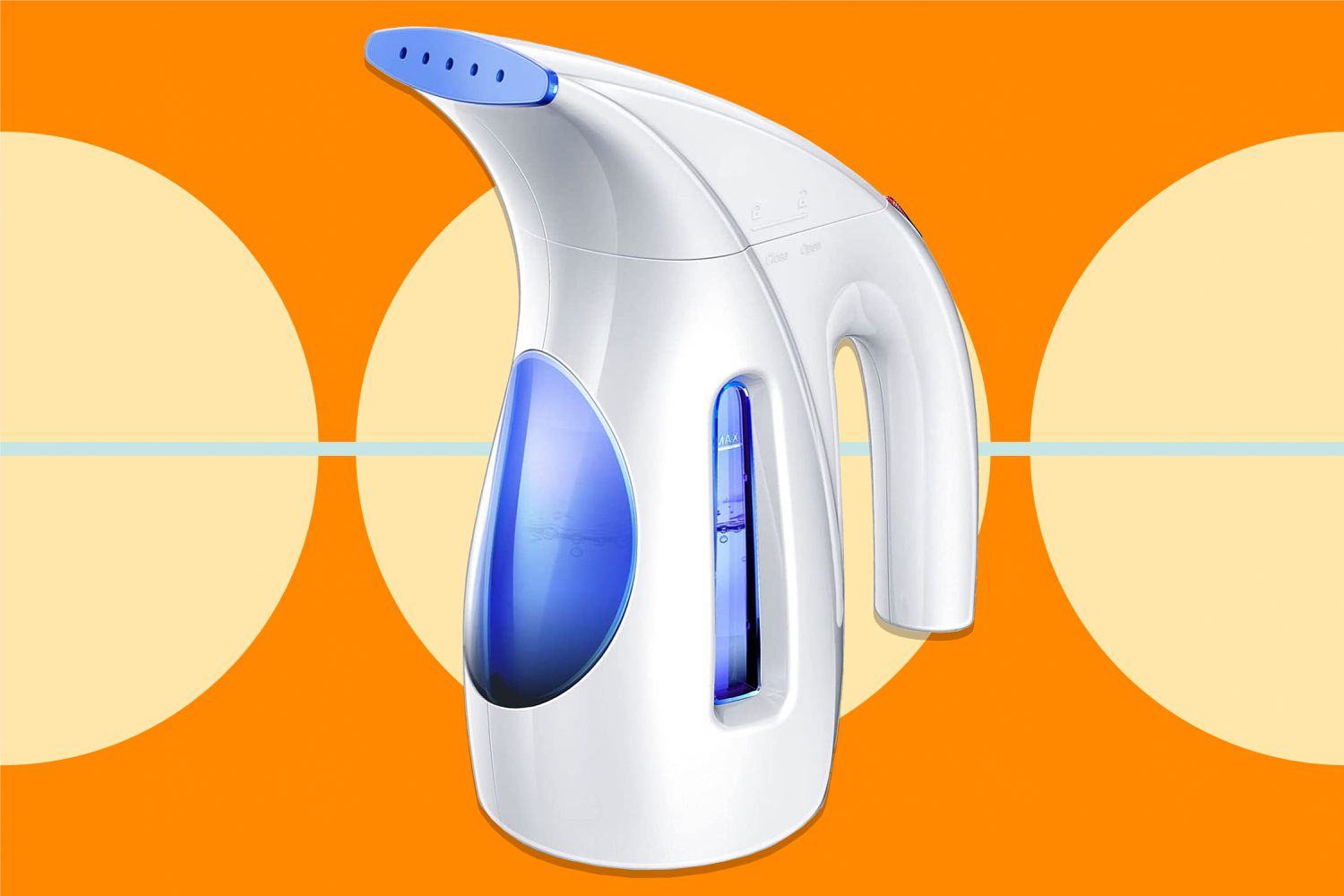

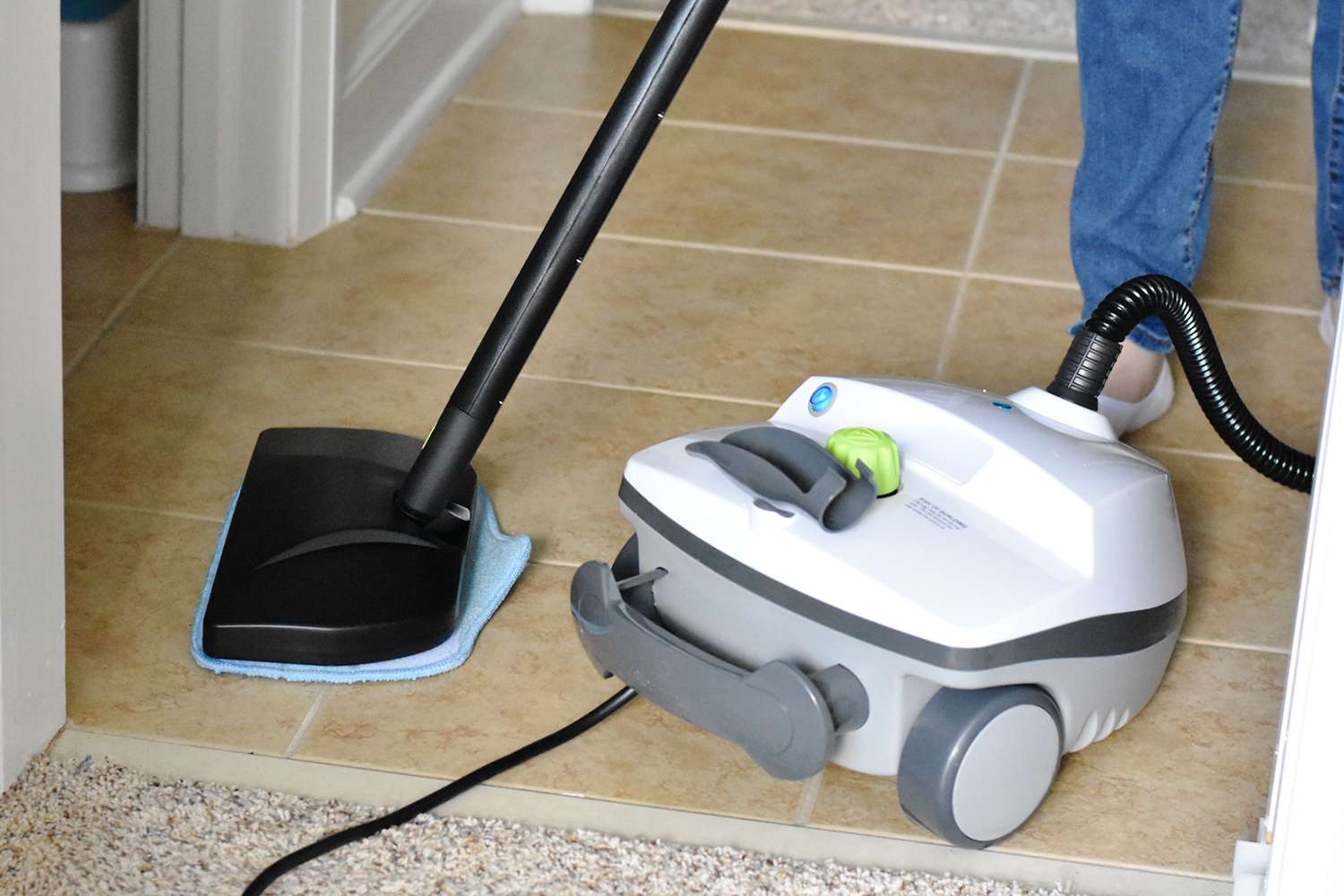
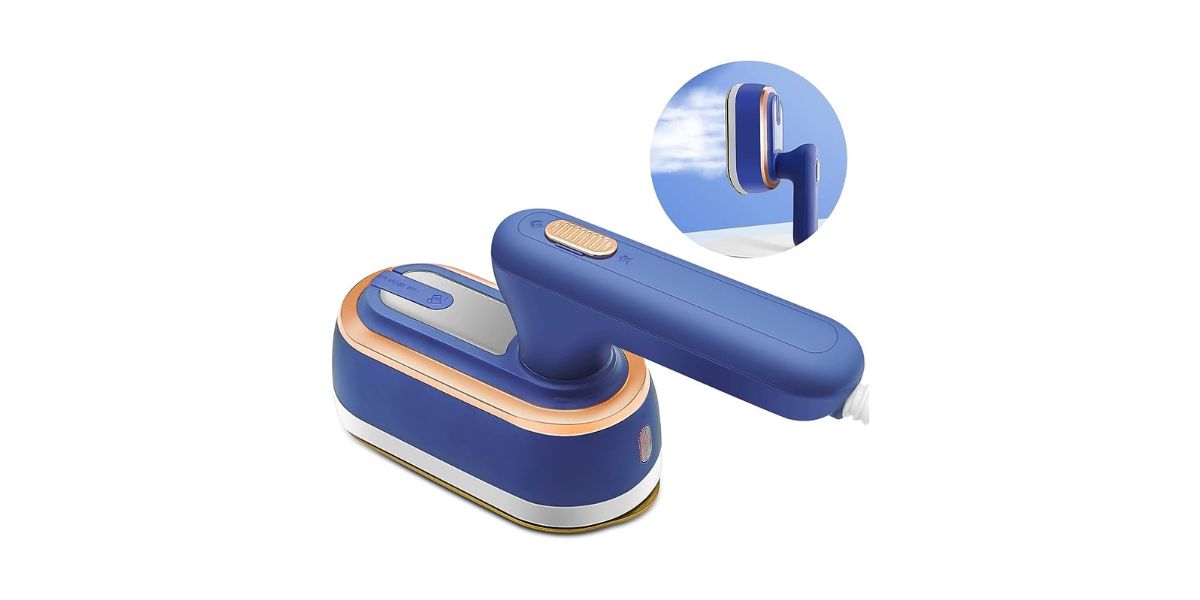
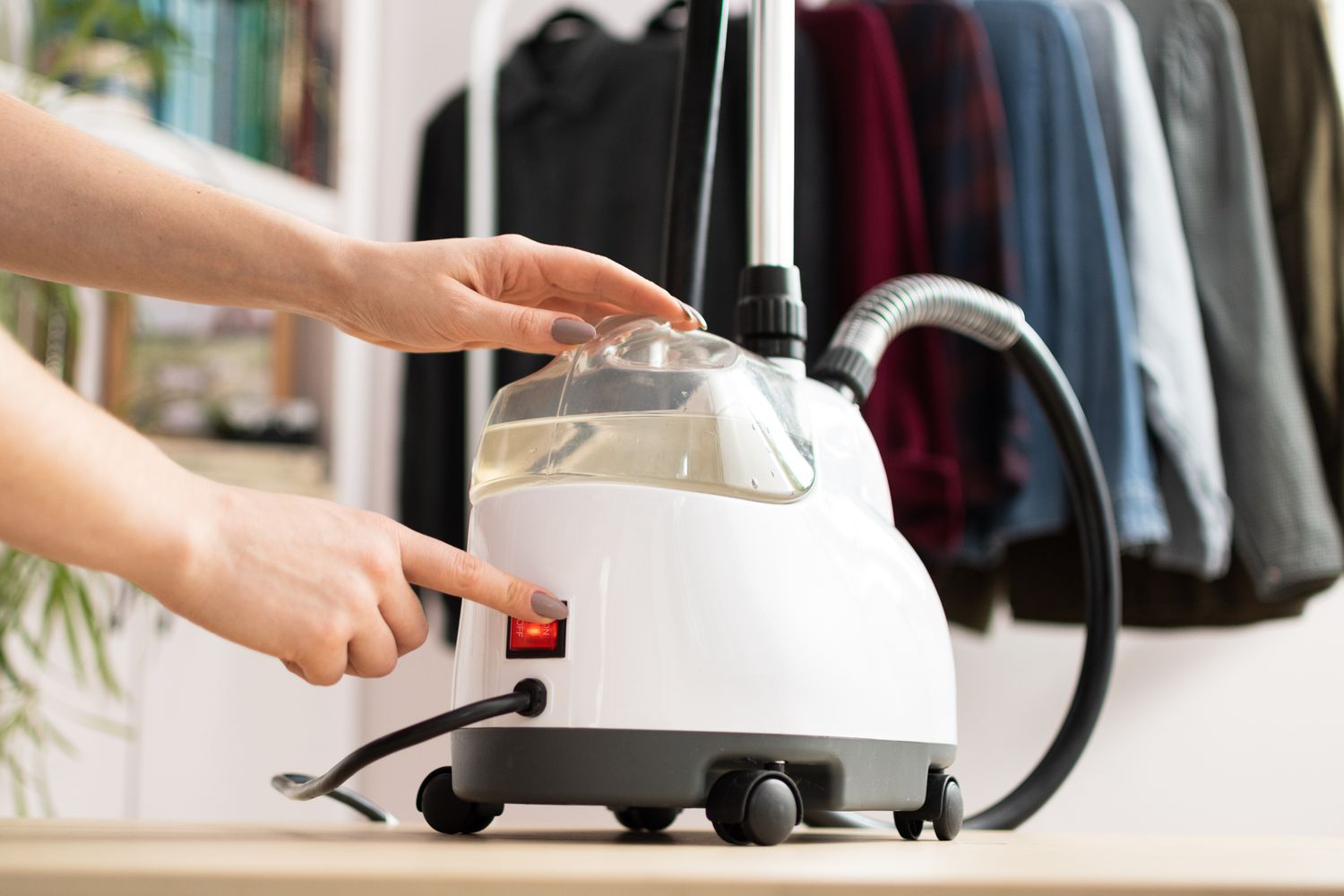
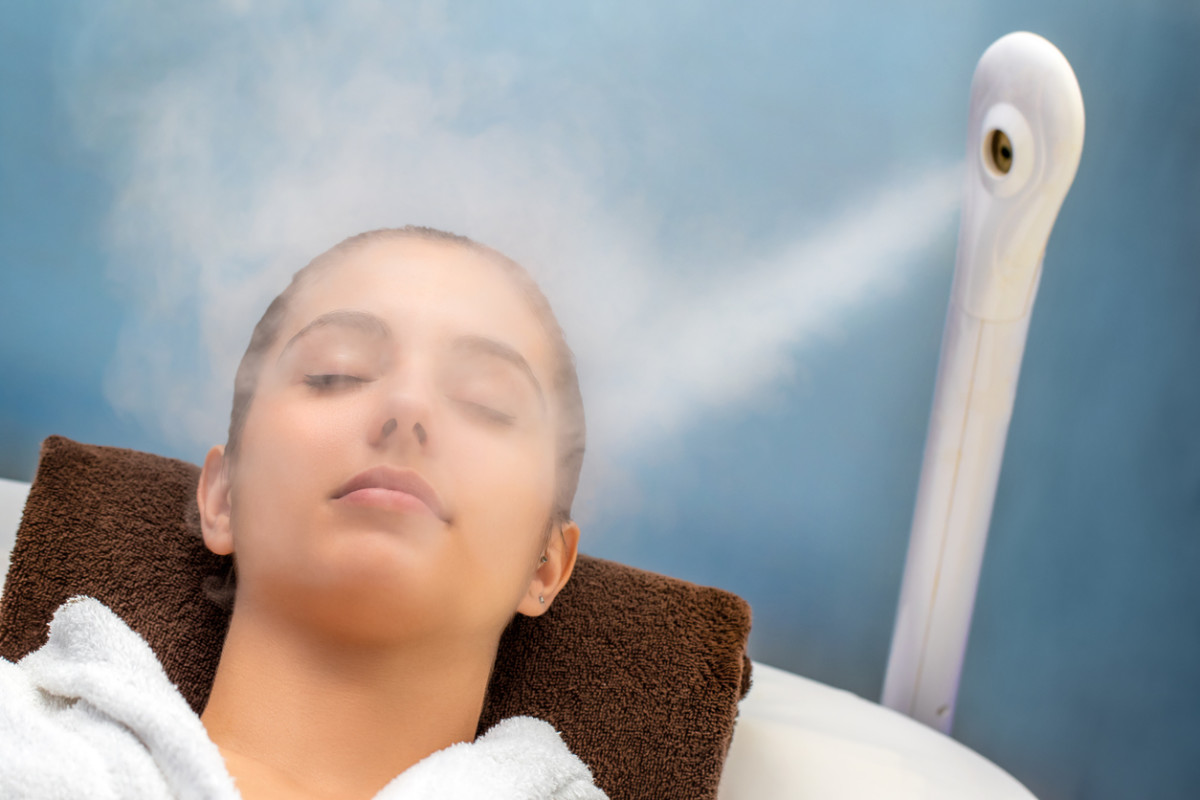
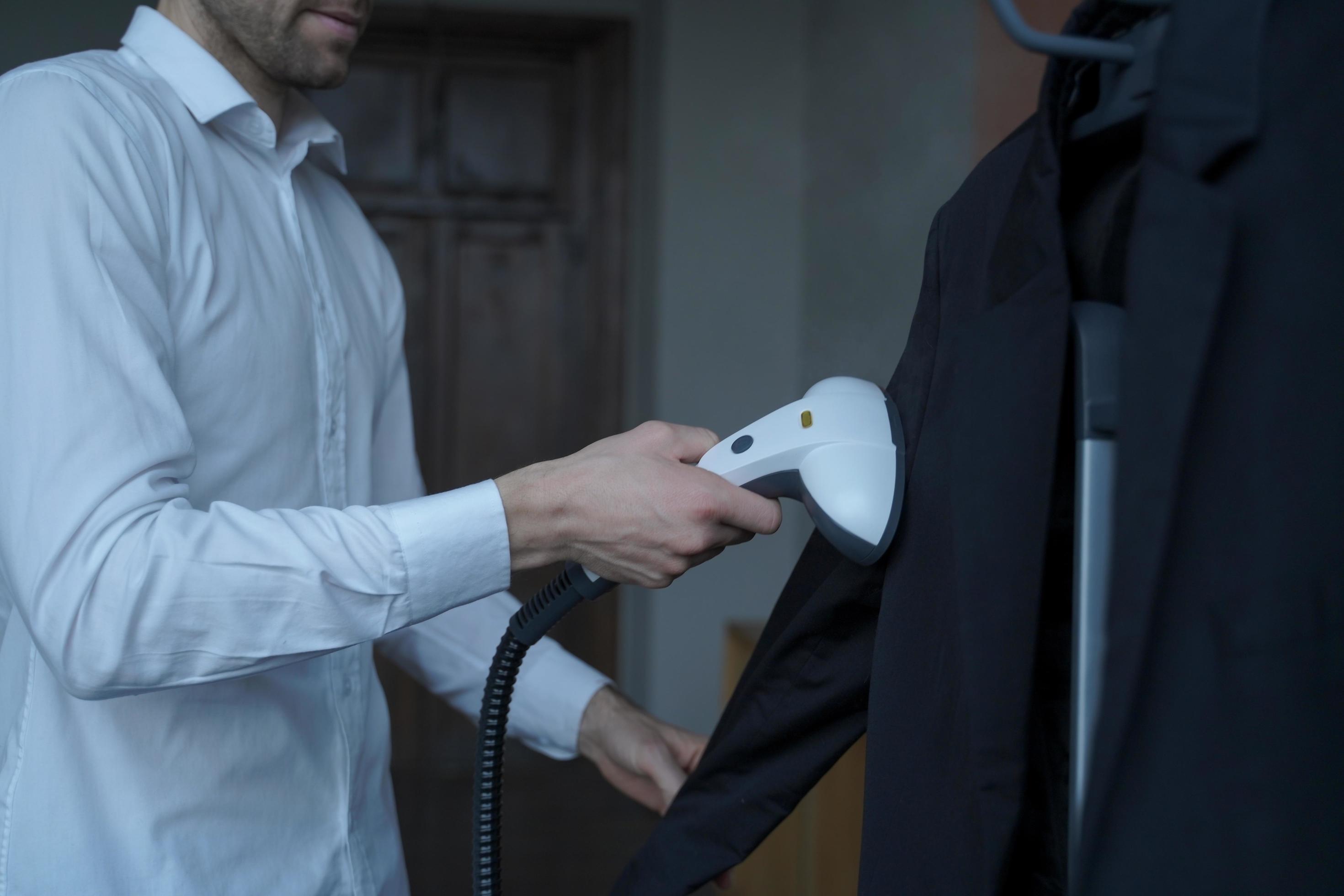
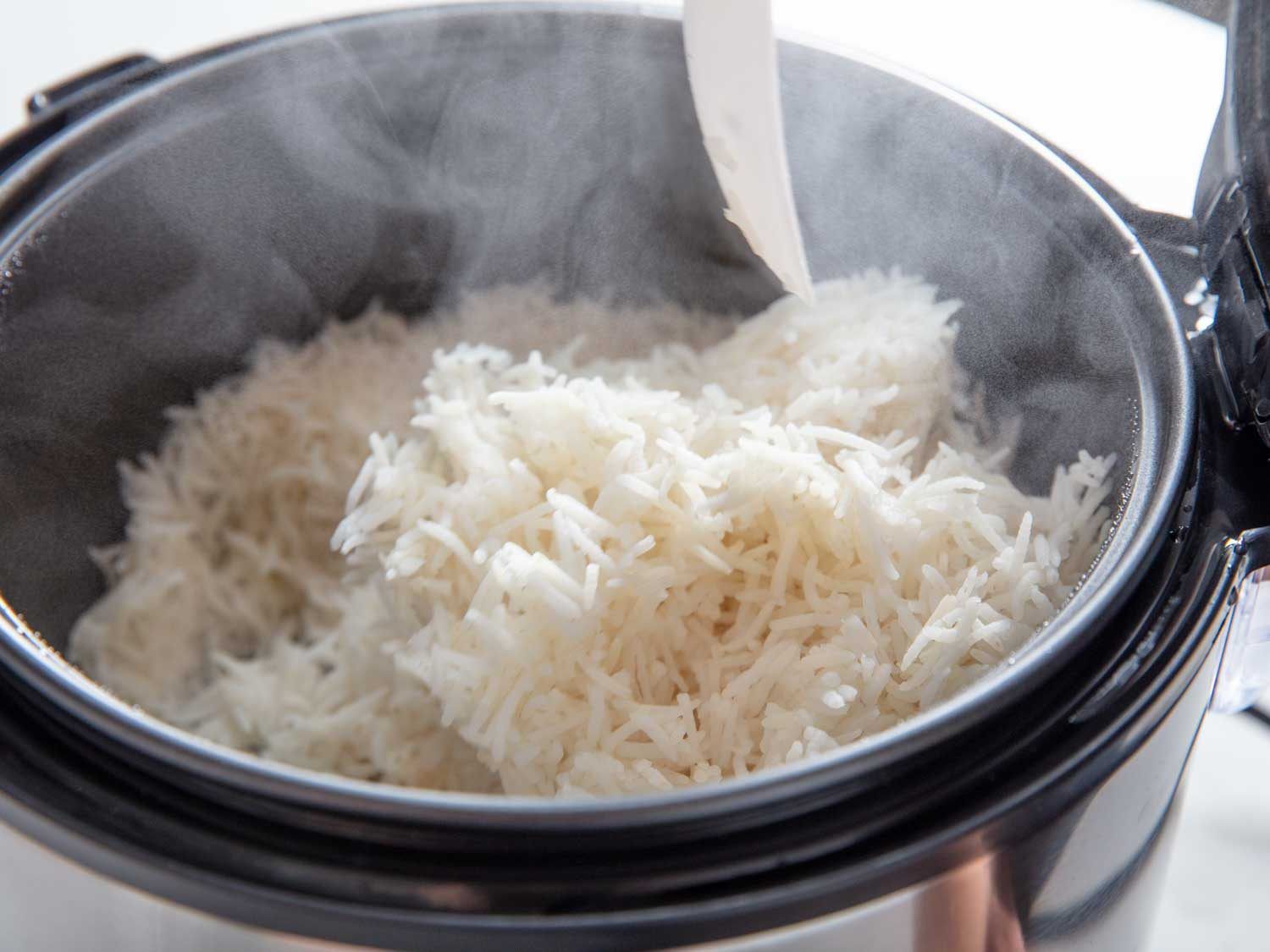
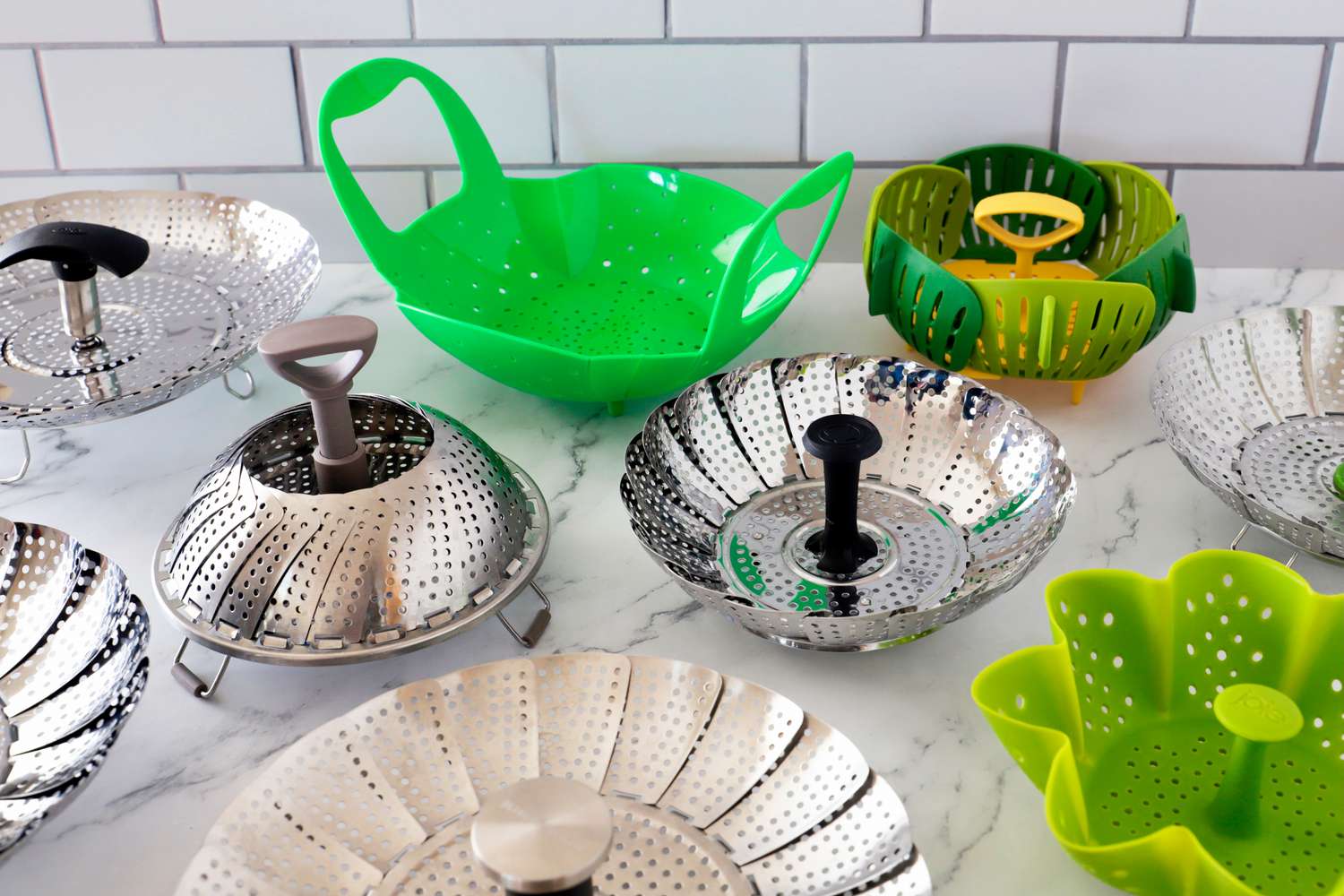
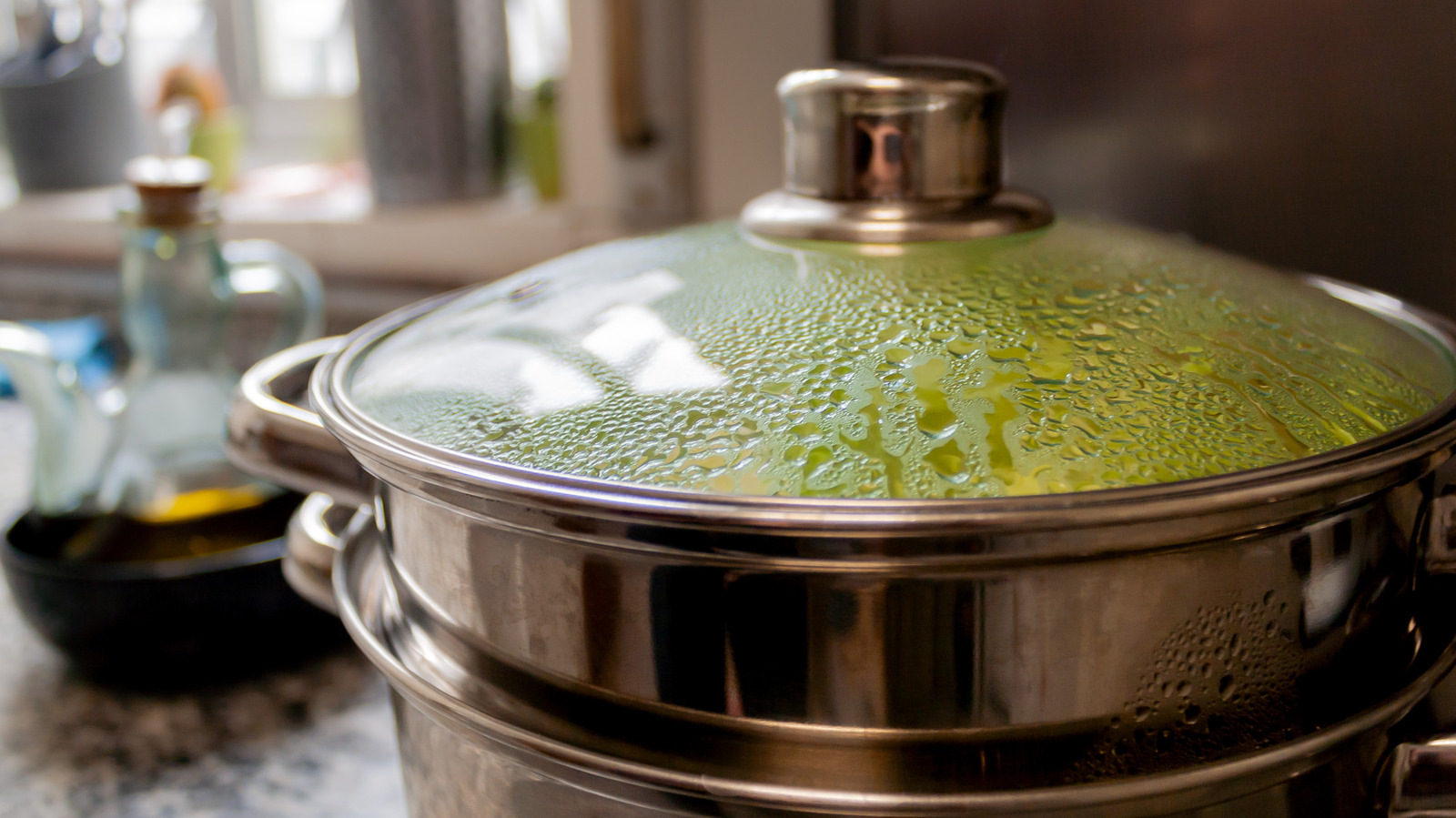
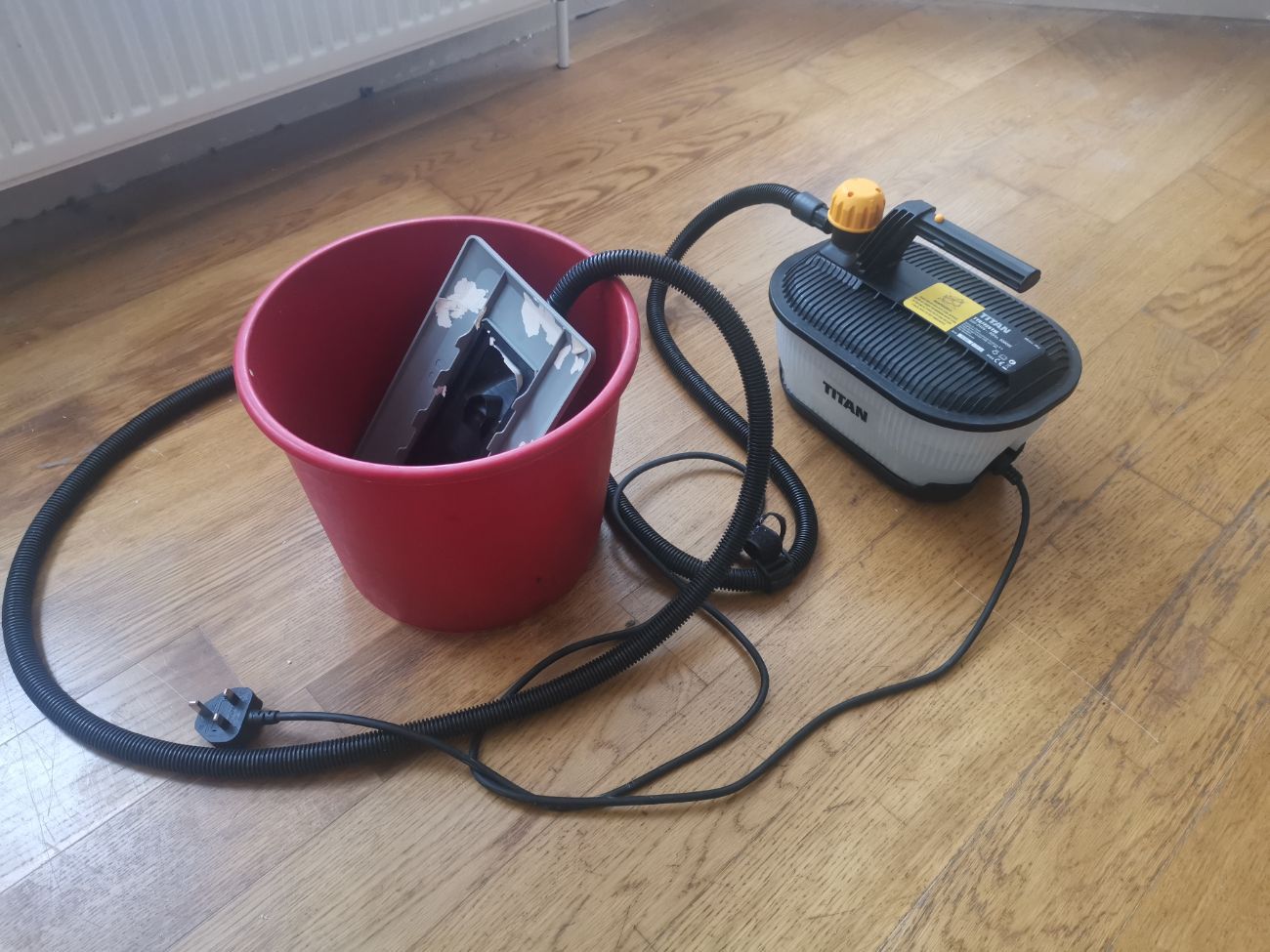

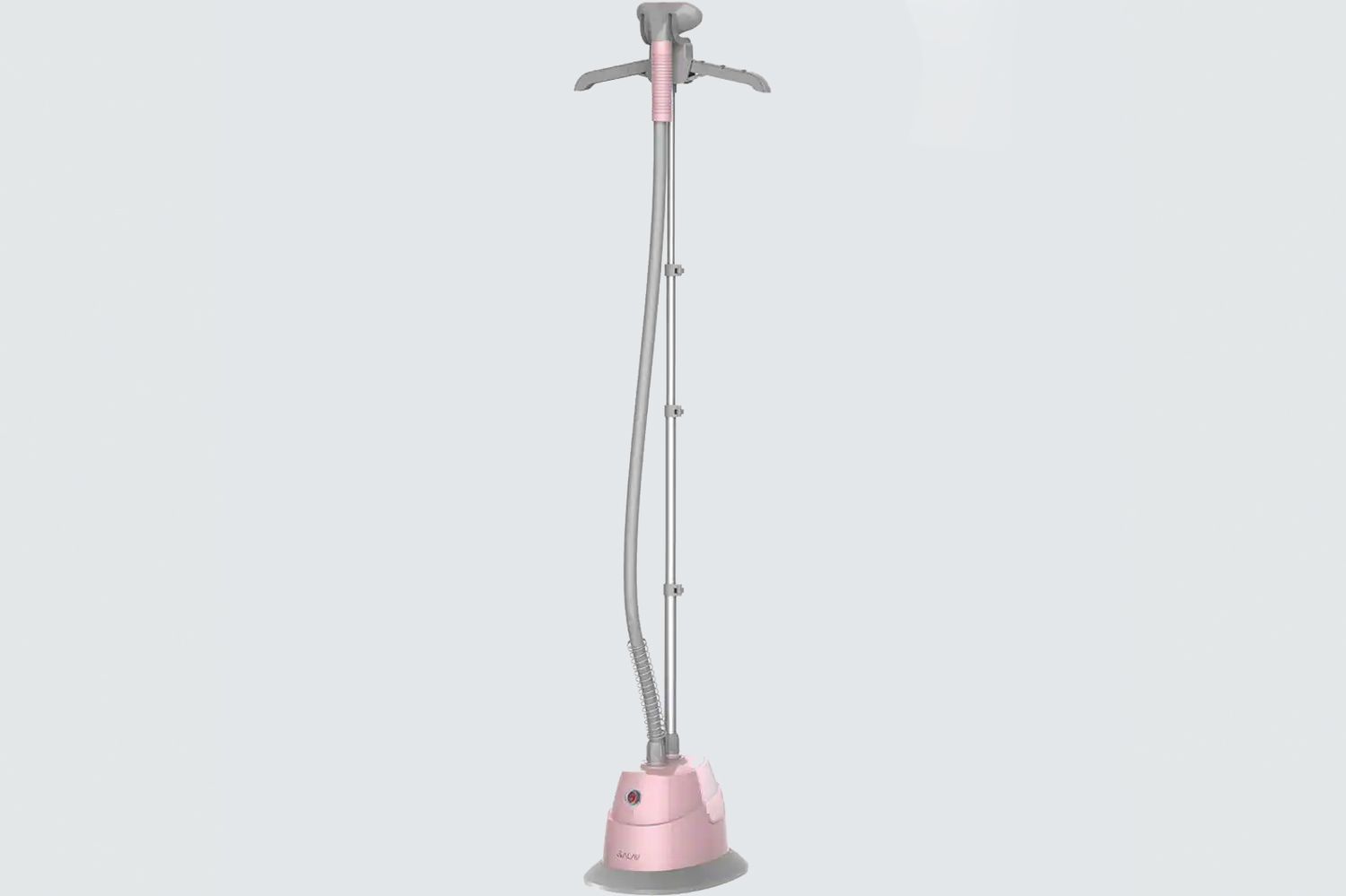
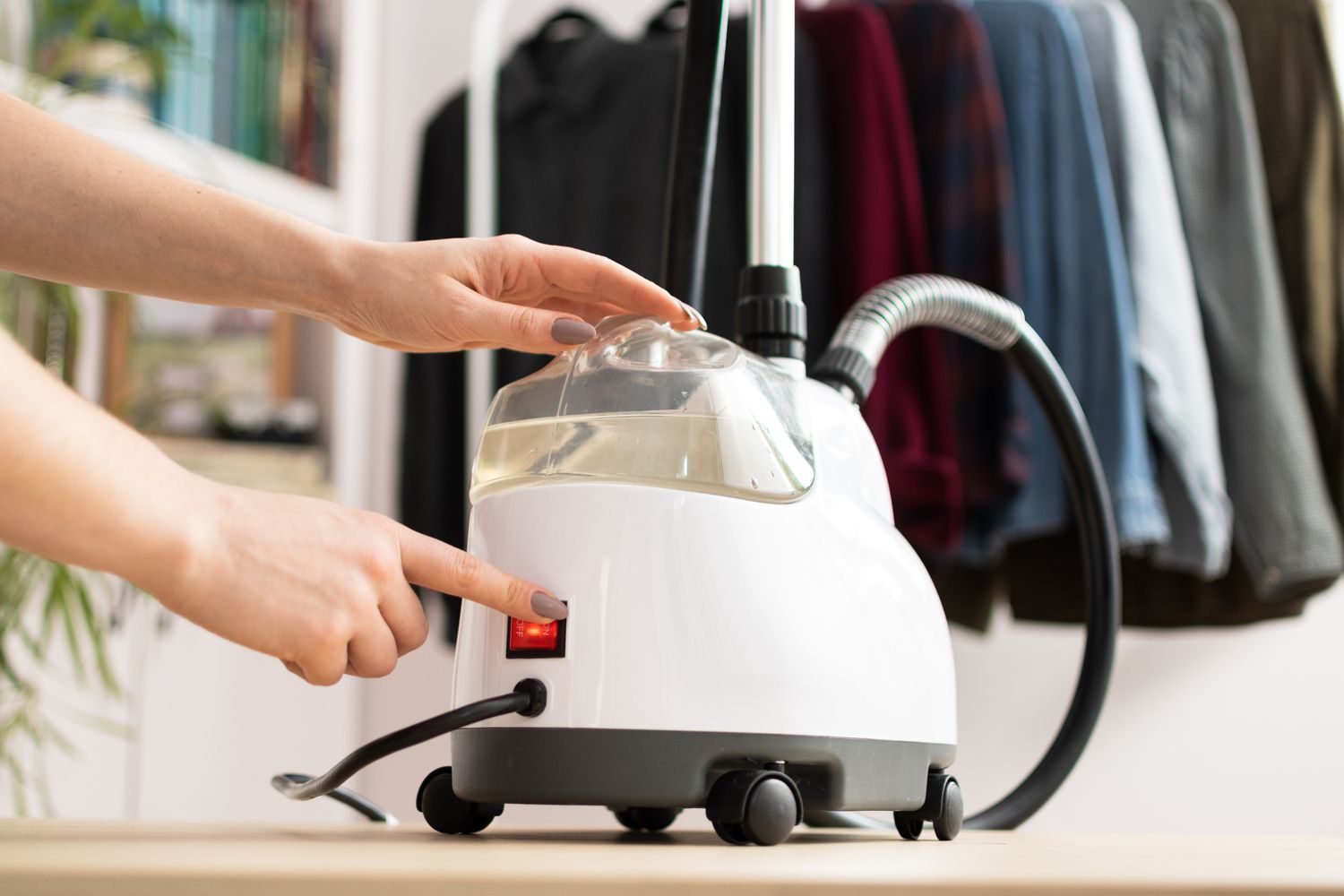

0 thoughts on “How To Use A Vocal Steamer”